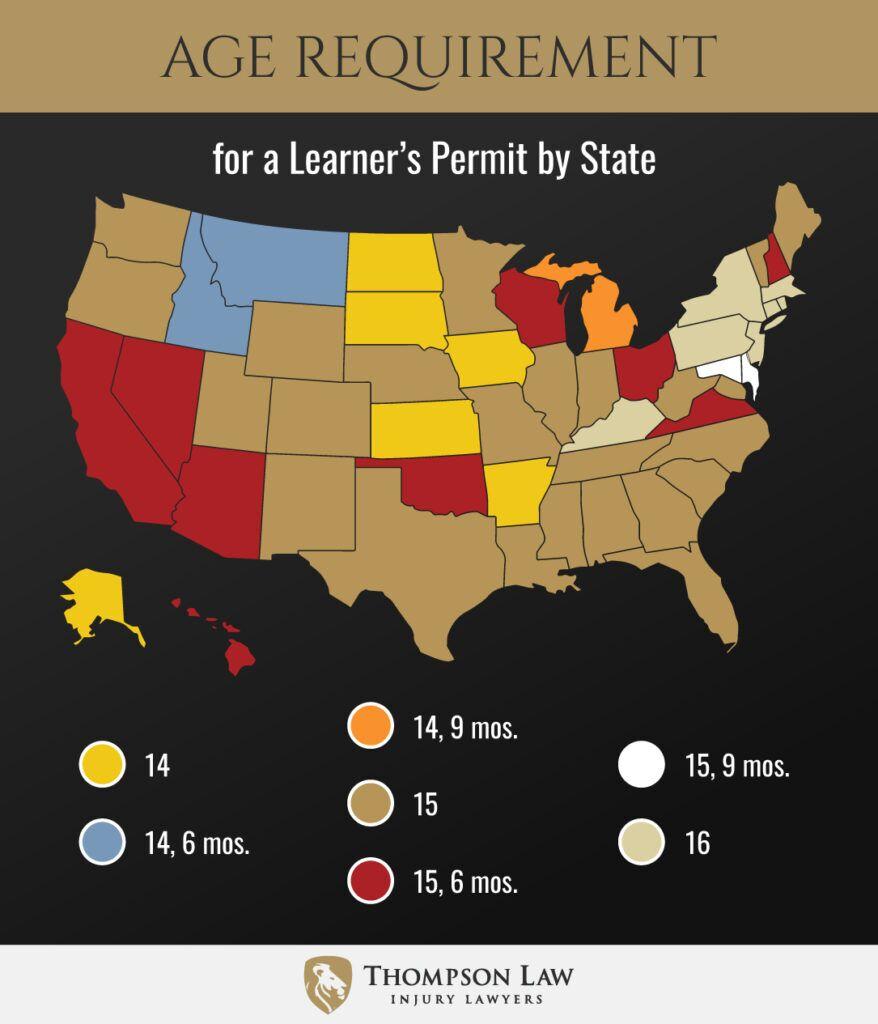Table of Contents
- Understanding the Landscape of Age Restrictions Across Different States
- Key Factors That Influence Age Regulation Variations
- How These Differences Impact Access and Compliance
- Practical Tips for Navigating Age Restrictions in Your State
- In Retrospect
Understanding the Landscape of Age Restrictions Across Different States
Navigating the wide variety of age restrictions in the U.S. can feel like decoding a complex puzzle. These laws, which span issues from drinking and voting to driving and consenting, are often rooted in state-specific legislation that reflects diverse cultural values, societal norms, and political climates. Understanding that these age limits are not uniform is crucial, especially for individuals moving between states or businesses operating nationwide. For example, while the legal drinking age is federally mandated at 21, the age for obtaining a driver’s license or entering into contracts can vary significantly from one state to another. This patchwork approach means residents and visitors alike must stay informed to avoid unintentional legal missteps.
To break it down further, here are some key areas where age restrictions differ markedly across states:
- Driving Licenses: Minimum age ranges typically from 14 to 18, with varying permit restrictions.
- Alcohol Consumption: Legal ages are consistent nationally but enforcement and exceptions can differ.
- Voting Rights: Generally set at 18, but some jurisdictions have introduced youth voting trials.
- Consent Laws: These vary widely, influencing legal age for relationships and medical decisions.
Key Factors That Influence Age Regulation Variations
Age regulations across various states stem from a complex web of social, cultural, and legal influences. One significant factor is the historical precedents unique to each region, which shape lawmakers’ perceptions about maturity and responsibility. For example, states with a long-standing tradition of early workforce participation may set different age thresholds compared to those prioritizing extended education. Additionally, variations in public health priorities and safety concerns often drive decisions; areas experiencing challenges like underage substance use might enforce stricter age limits to mitigate risks.
Another critical element is the economic and political climate within each state, influencing how policymakers balance public protection with individual freedoms. States with active lobbying from industries such as tobacco, alcohol, or firearms sometimes experience fluctuations or leniencies in age restrictions, reflecting the push-and-pull between revenue interests and regulatory controls. Furthermore, demographic trends-like urbanization rates and youth population sizes-also play a role, prompting adjustments tailored to the community’s unique needs. Collectively, these multifaceted forces ensure that age-related laws are far from uniform and continuously evolving.
- Cultural and historical context guiding lawmakers’ perspectives
- Public health and safety priorities influencing risk-based rules
- Economic interests and political lobbying affecting policy flexibility
- Demographic dynamics shaping community-specific regulations
How These Differences Impact Access and Compliance
The variation in age restrictions across states significantly influences how individuals access age-regulated products and services. For businesses operating in multiple states, this means they must stay vigilant in understanding and adhering to the specific legal age limits in each jurisdiction. Failing to comply can lead to hefty fines, legal repercussions, and damage to reputation. Consumers, on the other hand, may experience confusion or frustration when traveling from one state to another, potentially facing unexpected barriers or easier access depending on local laws. This patchwork of regulations creates a complex landscape where knowledge and adaptability are crucial for both providers and consumers alike.
Compliance strategies must account for these discrepancies through:
- Tailored training programs for staff that highlight state-specific age requirements and verification techniques.
- Robust age verification systems that can accommodate varying legal thresholds dynamically.
- Regular policy reviews to keep up with legislative changes and ensure ongoing adherence.
By implementing these measures, organizations can not only mitigate risks but also foster trust and safety within their communities. Ultimately, understanding and navigating these differences is essential to maintaining smooth operations and protecting all parties involved.
Practical Tips for Navigating Age Restrictions in Your State
In Retrospect
In summary, understanding the nuances of age restrictions across different states is essential, whether you’re a parent, educator, or simply curious about legal variations. These laws reflect a complex balance between protecting youth and respecting regional values, so staying informed helps you navigate them confidently. Always remember to check the most current regulations in your state, as age restrictions can and do change over time. By doing so, you’ll ensure compliance and make well-informed decisions that prioritize safety and responsibility.Check Our Other Blogs
- StunGun – Your Trusted Source for Stun Guns, Laws, and Self-Defense Tips
- PepperSprayLaws – Your Trusted Resource for Pepper Spray Information
- StunGunLaws – Your Trusted Guide to Stun Gun Legality and Safety




